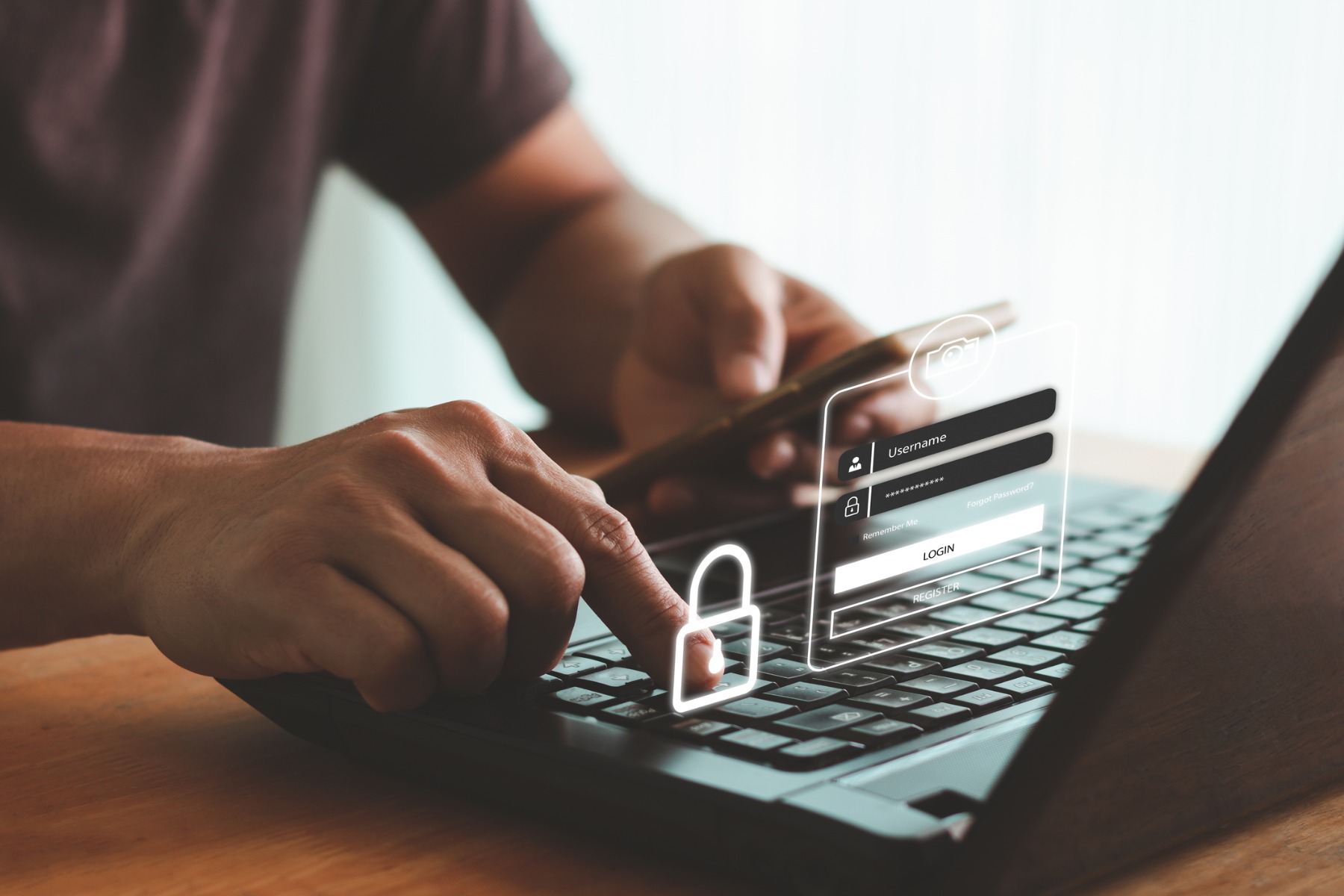Five Tips to Prevent Ransomware Attacks

Even for those who aren’t in the education industry, ransomware has become household news in-part to the high-profile attacks on schools in recent years. Since its introduction in the late 1980s to the early 2010s, when it became a popular method of cyber attack, ransomware has been known to be particularly difficult to deal with. And while attacks trended down in 2021, we began to see more in 2022, and experts expect that we’ll see even more in 2023.
These attacks continue to be a threat and even if schools don’t pay the ransom, they are still in danger of losing millions of dollars. But if they aren’t paying the ransom, where are schools losing that money? It comes down to the loss of time. Estimates from May of 2022 showed that downtime incurred by attacks cost schools a combined $20 billion. Not only are these attacks hitting the school budget, they’re also keeping students out of the classroom for extended periods of time. After an attack, students have been unable to attend classes for an average of between three days to three weeks, with recovery times sometimes taking months.
Considering the vital threat that ransomware still poses to schools, we’ve compiled the tips below to help prevent attacks as much as possible.
1. Maintain Frequent Backups
Ransomware is a specific kind of virus that blocks a school district from accessing their data. They are then held for a ransom that attackers demand be paid to return that access. By backing up the data regularly, schools are able to mitigate damage and recover much faster than they would otherwise.
2. Update Passwords
This may seem like a no-brainer, but changing passwords often is a simple way to deter threats. This is something that should be required across not only staff but students as well. Also, try not to use the same password for too many different sites at the same time, as that makes it easier to infiltrate multiple sources of information.
3. Be Conscious of Phishing
Be weary of unsolicited emails containing links. This is a method called phishing, a common way that cyber terrorists can use to gain access to information by posing as someone trustworthy. By clicking into the links that they provide in these emails, attackers are able install malware onto school systems and carry out attacks.
4. Install Anti-Virus Software
Using anti-virus software that will routinely scan data for corruption and malware is essential in the current landscape. They allow schools to get the front foot on attackers, altering schools to any suspicious activity quickly. Some software even allow you to “clean” corrupted data manually, or in some cases automatically.
5. Train School Staff
It is incredibly important to properly train school staff to handle threats as they come. Being able to address the situation as quickly and effectively as possible can save schools immeasurable time and money. Luckily, resources are readily available. Sites like the government agency CISA (Cybersecurity and Infrastructure Security Agency), Data Locker, SANS Security Awareness, and more, offer training courses.
While ransomware is certainly still a massive threat, schools are not powerless against attacks. There are things that schools can do to prevent and mitigate the effects of attacks. Using these tips, we hope that schools are able to detect and counter threats before they become larger issues.

